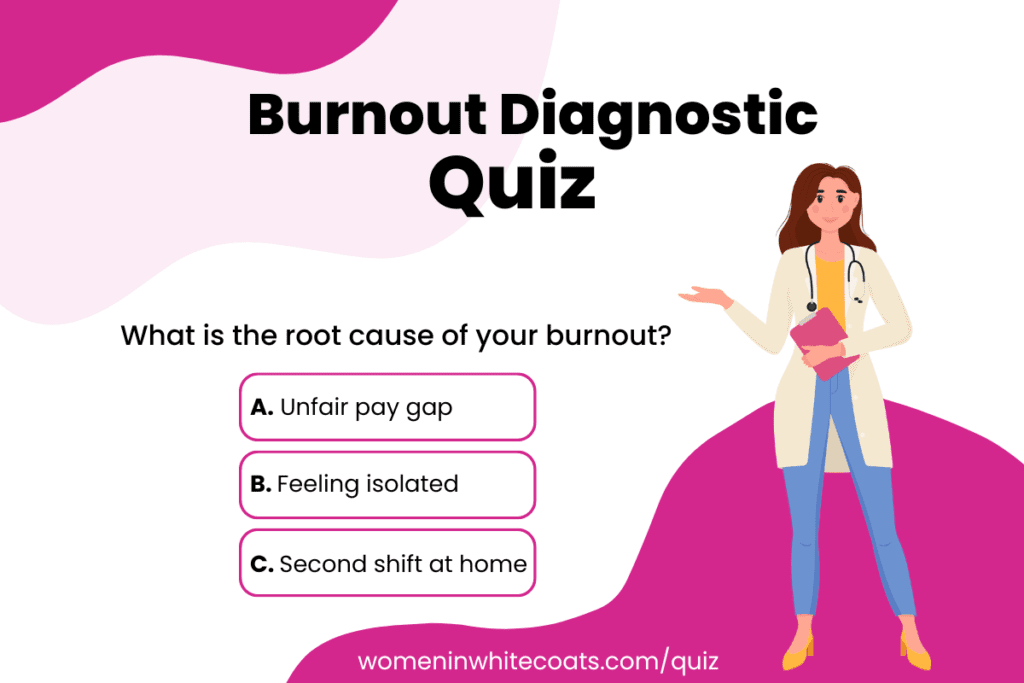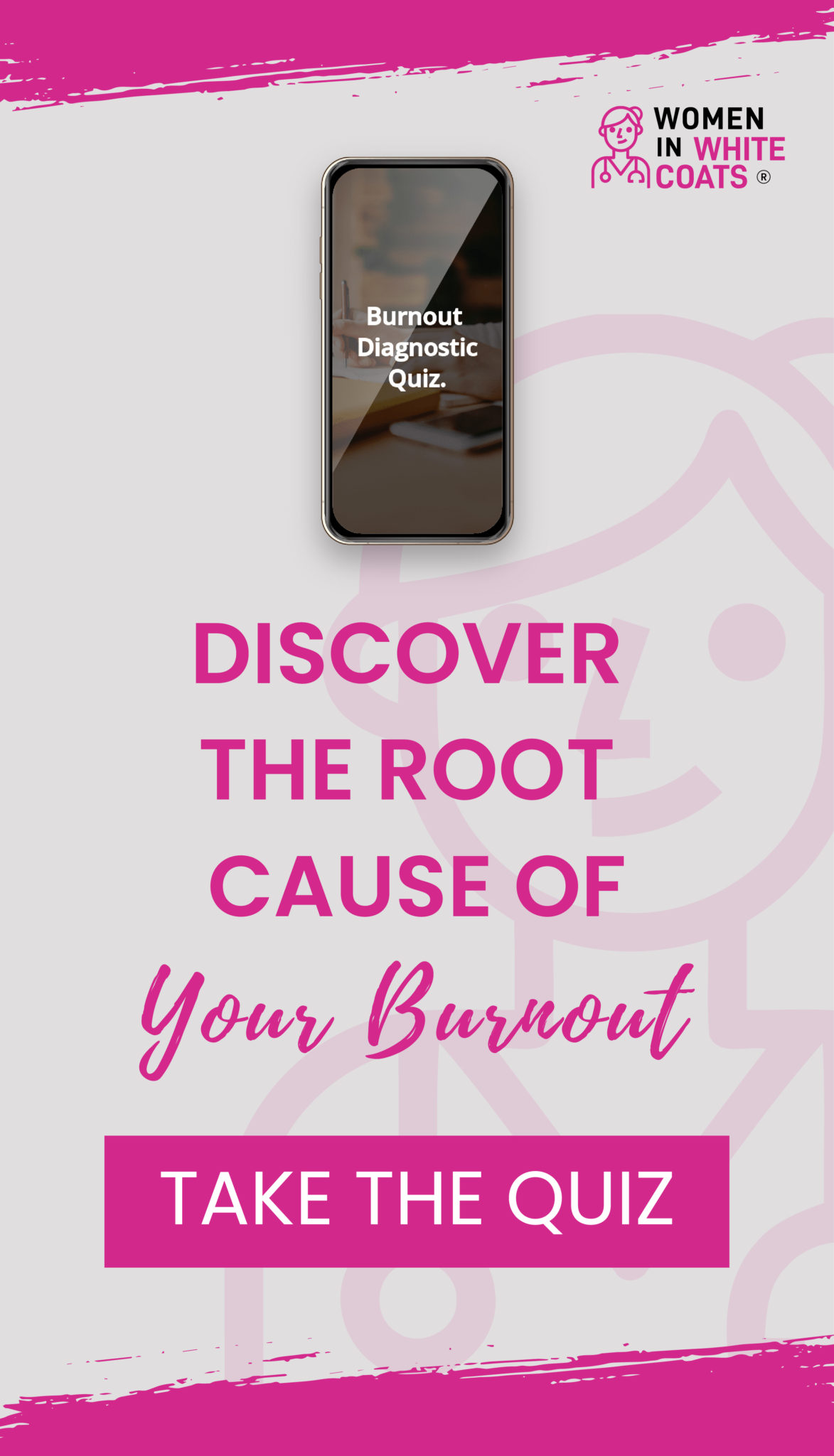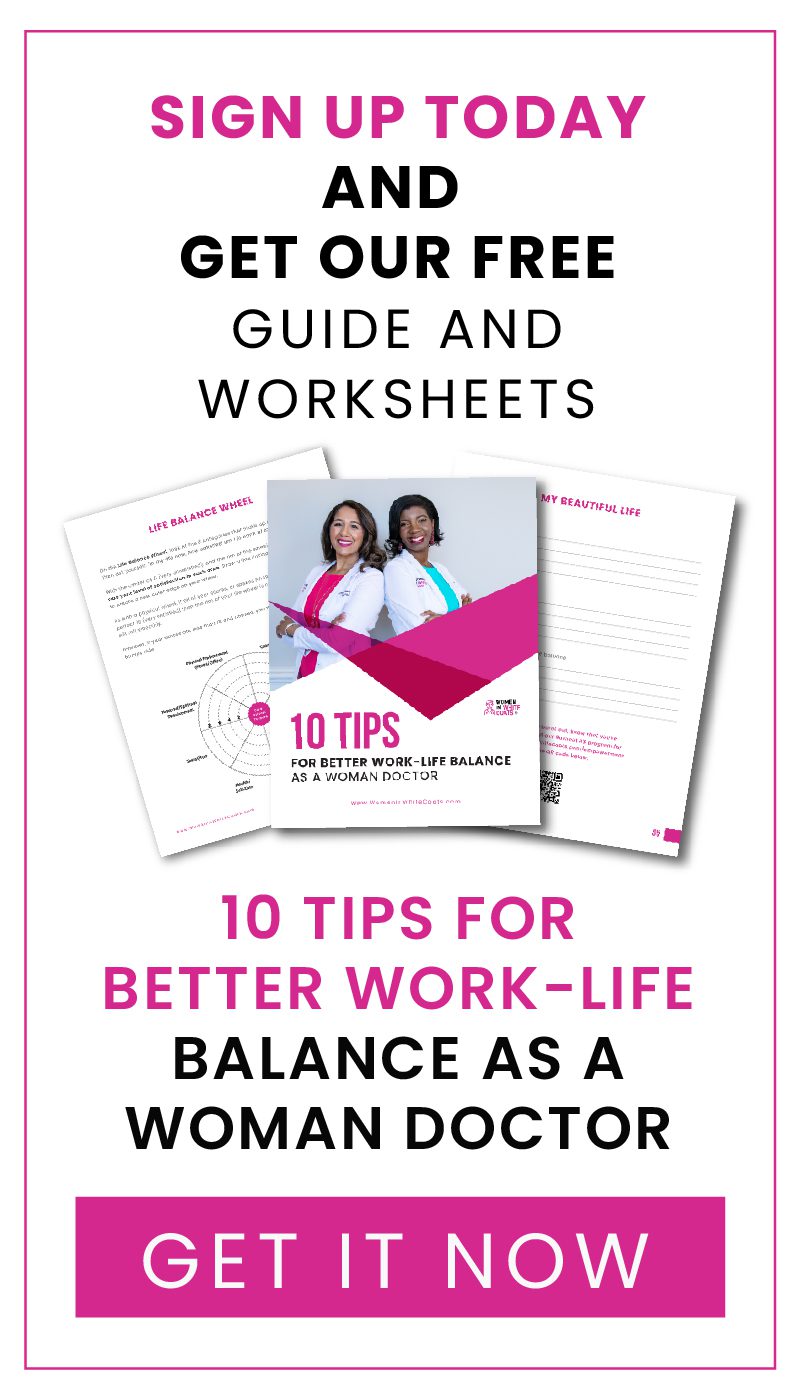Congratulations! You have cleared the extraneous items from your day-to-day, so you can spend your precious time the way you want! The next step is maintaining your clutter-free task list.
How do you keep the clutter out of the to-do list?
First, set boundaries.
You get to determine boundaries that support you to maintain your priorities. Some people see the word boundary with a negative connotation. Boundaries are your friend. They are something that protects what you are saying yes to. They are protective of time, living things, and relationships.
Imagine you have a dog that loves to run around in the backyard and chase squirrels. You can let the dog out to do all that, but unless you have some enclosure or boundary, then that beloved puppy may run away and get harmed. But if you have that fence, she can stay inside of it and have fun and be protected.
For boundaries to be successful, you must share and teach others the presence of them. Sometimes boundaries are not evident like a solid physical barrier. Instead, they can be less visible, like a decision that you have made. If you do not let others know your boundaries, it is a setup for frustration and disappointment for both you and the person who is overstepping your boundary.
You control your boundaries; you choose when to enforce them. You chose when to open the gate and let things in or out. You can have a brick wall as a boundary, or you can have some type of flexible netting and give at times when needed. You get to decide.
What does this look like in medicine? Perhaps you have a boundary related to who can be added to your schedule so you can get home at an appropriate time. Perhaps you set a limit around interruptions during your day. Or it could be an expectation of when you will respond to messages or an email.
The second way to protect your pared-down to-do list is to continue to create margin in your day.
Margin is another form of boundary: a border. Think of the margin on notebook paper, i.e., the white space on the edges of the lined area. Even on the lined area, there is a vertical red line that separates a column on the left side of the paper. I remember when we were kids and learning our alphabet how we were not supposed to write outside that line. This is an analogy for our present-day boundaries.
Margin is also the space between the appointments on a calendar and the edge surrounding the words in a printed book. To me, this white space is open, transparent, and uncluttered. Having that buffer space lets you take a breath, and it is pleasing to the eye.
Another way to imagine margin is the manicured walkways between garden plots. Unless you have this margin of space, it is hard to reach the growing plants. If you do not have this space, then the product itself cannot grow and expand. It may be overtaken by something that is growing faster beside it. Having the appropriate amount of margin between two things can help support both.
Margin is also defined as a limit in capacity. If you go beyond a certain point, then something ceases to exist, or be desirable, or possible. Think about the concepts of a margin of sanity, endurance, or comfort. You do not want to push to the very edge but leave some space between you and the cliff.

Lastly, a meaningful way to keep your priorities as your north star is to eliminate or lessen distractions.
What is a distraction for you? Technology, food, alcohol, shopping…? We often use these to buffer our emotions. Rather than processing the emotion, we cover them up with other things that we think may help us temporarily. However, ultimately, they distract us from dealing with what is wrong at the moment. Examples are comfort eating, blowing off steam, and the thought, “I deserve this- I had a bad week.” These are distractions! For me, it was planning vacations to escape the feeling of overwhelm. I got to dream about how it would be different. I would dream instead of finishing up projects or responsibilities. Everyone does that.
If you can clear out your thoughts and be more intentional with them, then subsequently, your feelings will be better, and less buffering is needed. If we control our emotions, we control our mind, and if we can control our mind, we control our emotions. They support each other.
These are the steps to living each day by your priorities. I often come back to the quote “how we spend our days is how we spend our lives” when I am focusing on living with intention, purpose, and impact for myself and others. I hope you will find the same as you work through these strategies I have outlined over the last several months.
Marion Mull McCrary MD FACP is a practicing primary care general internist in North Carolina and a national board-certified health and wellness coach. She is also a Women in White Coats Writers Fellow and Podcast Co-Host. Her website is http://www.marion-wellness.com, and she can be followed on Instagram and Facebook at marionmccrarywellness



